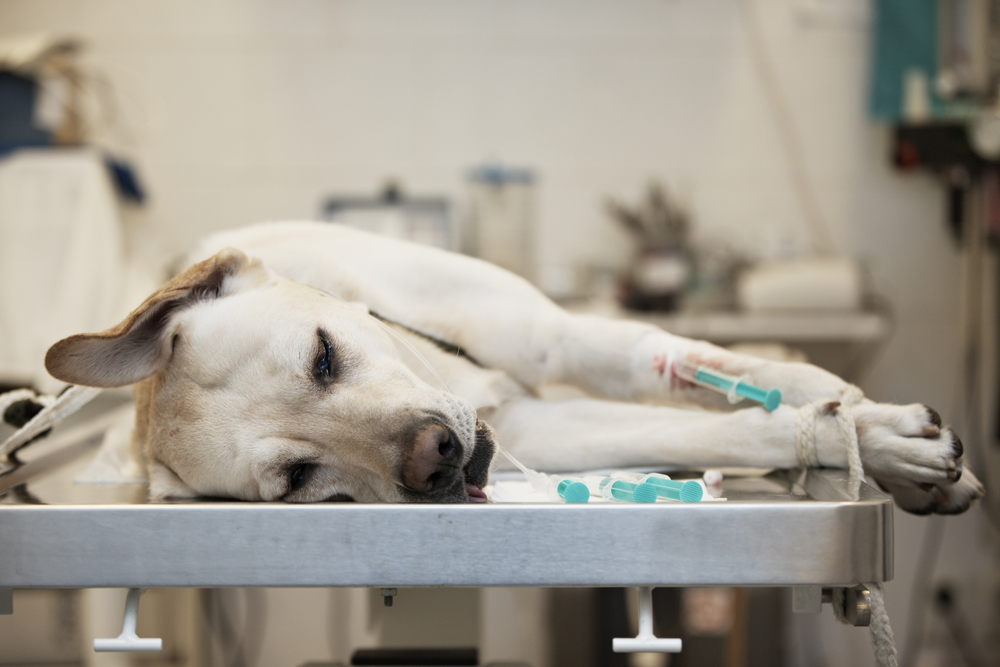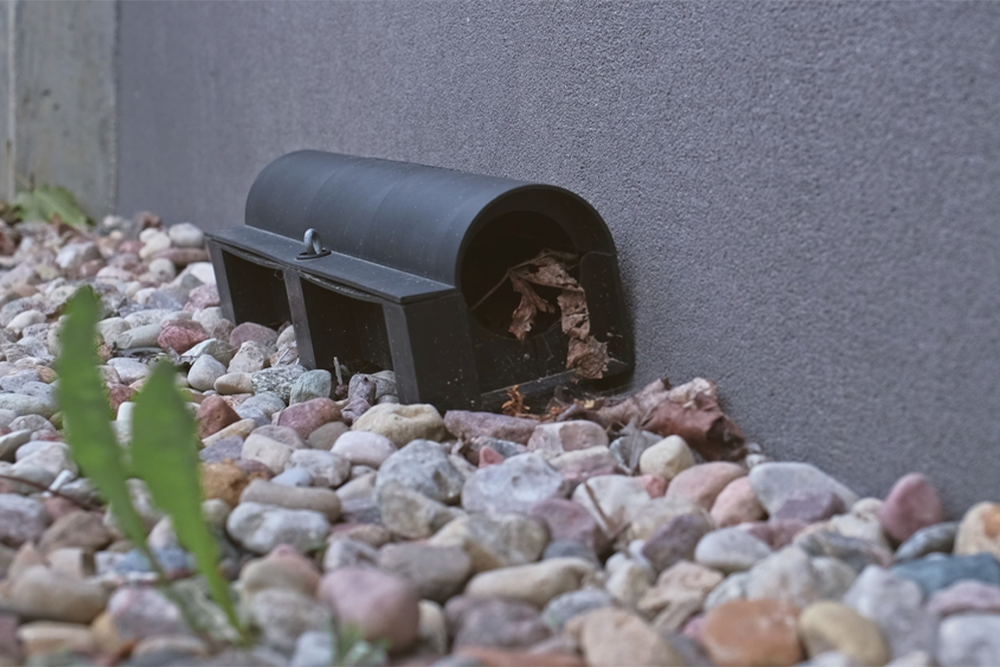Rodenticides (i.e., rat and mouse bait) are some of the most devastating—and, sadly, some of the most prevalent—pet toxins. Year after year, rodenticides rank among the ASPCA Animal Poison Control Center’s top 10 most common pet toxin ingestions.
The best way to protect your pet from this cruel hazard is to understand its power, recognize the warning signs, and anticipate where the substances might be hidden. Here’s what your southeast Texas neighbors at Neighborhood Veterinary Centers want you to know about rodenticide toxicosis in pets.
Question: Why are dogs and cats attracted to rodenticide products?
Answer: Rodent bait is essentially poison disguised as an edible treat that will lure rats and mice with an appealing scent and flavors that encourage consumption. Unfortunately, these features are equally attractive to dogs and cats, who fall victim to accidental poisoning.
Q: What happens to a pet with rodenticide poisoning?
Answer: Depending on the active ingredient (e.g, anticoagulant, vitamin D₃, bromethalin), rodenticides can cause uncontrollable bleeding, kidney failure, or brain swelling. By the time clinical signs appear—up to three to five days after ingestion—organ damage is irreversible and the pet’s prognosis is poor.
If you witness your pet eating rodenticide or find evidence suggesting that your pet consumed rat or mouse bait, emergency treatment is critical to ensure their survival.

Q: Where would my pet encounter rodenticide?
A: Although all common toxins are a year-round threat, veterinary hospitals generally see an increase in rodenticide poisoning during the fall and winter, which coincides with increased product use. Pet owners must be vigilant in locations where rodenticides may be in use, such as:
- Kitchens (e.g., in the pantry, under the sink)
- Garages
- Basements
- Vacation homes or rentals
- Barns and sheds
- Wildlife areas
- Parks, especially around pavilions, ball fields, and snack bars
Rodenticides are available in several formulas, including pellets, blocks, grains, and soft bait, and various colors, including green, blue, red, and tan, and such a wide range of styles can make recognizing potential hazards difficult for pet owners.
Q: What is secondary rodenticide poisoning?
A: In addition to direct consumption, pets can experience secondary rodenticide toxicosis by ingesting a poisoned rat or mouse. Therefore, you may not use rodenticide around your home, but a mouse that consumed rodenticide in your neighbor’s garage could travel to your property and poison your pet.
Q: What are rodenticide toxicity signs?
A: Rodenticide poisoning signs are not immediate and may take several days to appear, which makes recognizing an unwitnessed poisoning difficult before the pet is in life-threatening condition. Signs will vary based on the product and active ingredient consumed, but may include:
- Vomiting or diarrhea, which may be bloody
- Depression
- Loss of coordination
- Tremors
- Seizures
- Appetite loss
- Excessive thirst and urination
- Respiratory distress
- Collapse
- Unexplained bleeding or bruising
Q: Why does the rodenticide brand or type that my pet consumed matter?
A: When you call Neighborhood Veterinary Centers or a veterinary emergency hospital to report your pet’s rodenticide ingestion, you’ll be asked to identify or describe the bait your pet ingested. This information is invaluable for helping your veterinarian identify the active ingredient and to determine a targeted treatment, which will save precious time and potentially improve your pet’s outcome. Fortunately, treatment is still possible if such items are unavailable.
If you must use rodenticide near or in your home, the ASPCA Animal Poison Control Center recommends saving all product information—including packaging and receipt—for reference during an emergency.
Q: What should I do if my pet is exposed to rodenticide?
A: If you know or suspect your pet has ingested rodent bait, immediately contact the nearest Neighborhood Veterinary Centers location. For overnight or weekend care, call our After-Hours Triage Support for expert guidance or directions to the nearest veterinary emergency center.
Before you leave home, gather any packaging or identifying information, including any chewed pieces. Do not induce vomiting unless your pet’s veterinarian instructs you to do so.
If your pet has collapsed or is seizing or unresponsive, immediately transport them to the nearest veterinary emergency center.
Q: Is rodenticide poisoning fatal for pets?
A: With rapid veterinary intervention, rodent bait toxicosis outcomes are generally favorable. However, immediate intervention is only possible if you observe your pet’s ingestion or find evidence of exposure (e.g., chewed box, loose granules). Sadly, the longer your pet’s treatment is delayed, the less likely they will have a good prognosis.
Rodenticide exposure is a veterinary emergency. If you know or suspect your pet has ingested rat or mouse bait or is experiencing secondary poisoning, act quickly—immediately contact Neighborhood Veterinary Centers for fast, knowledgeable, and compassionate care.







Leave A Comment